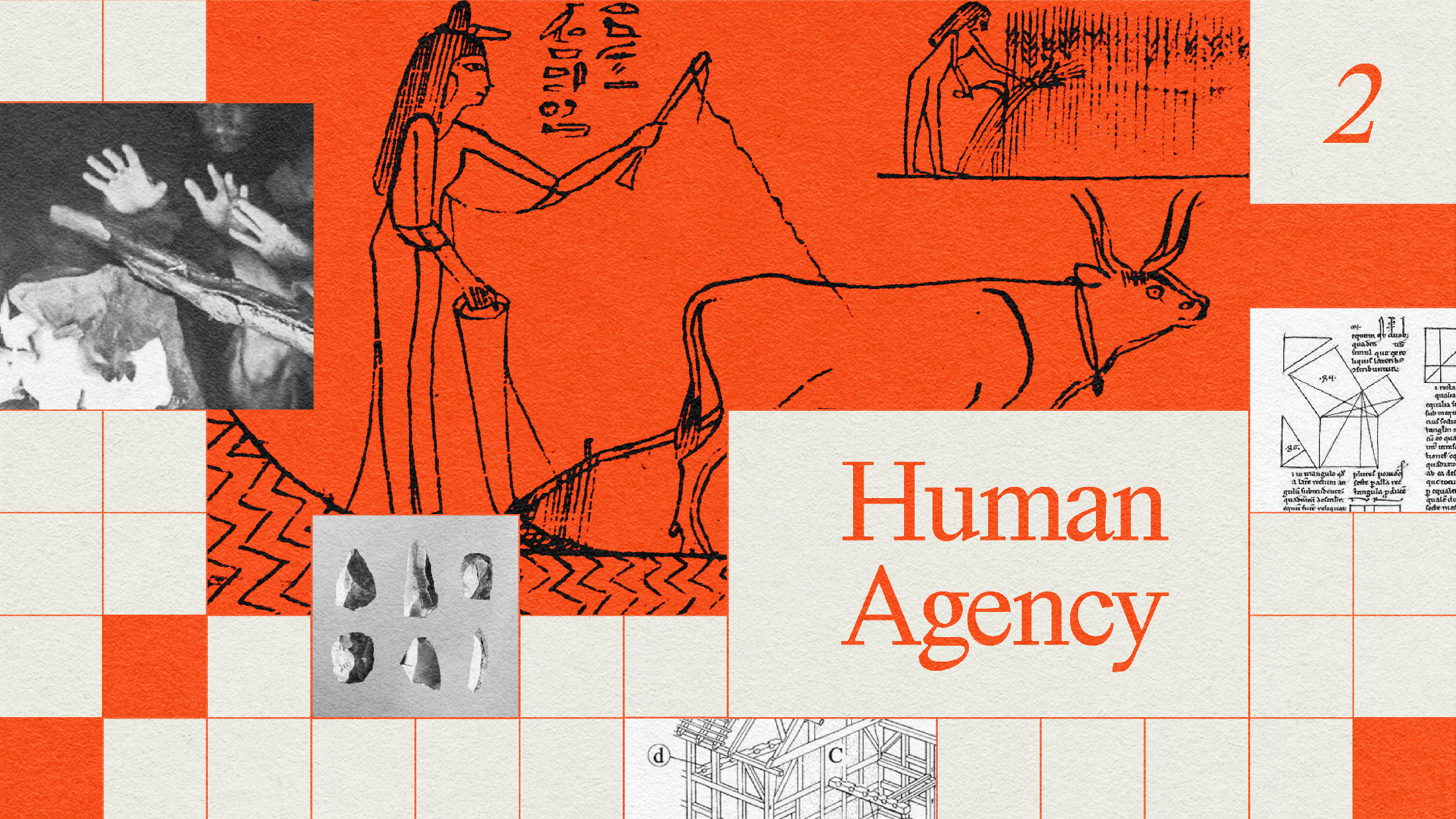Evolve or die

Last week, the Fourth National Climate Assessment (NCA4) was published to great fanfare—though the Trump administration may have hoped otherwise given its Black Friday release date. The report was front-page news everywhere.
The grim prognosis for the future in NCA4 was in line with its predecessors. This year’s freaky weather, however, seems to have changed the public’s responsiveness to predictions about the human future on a climate changed world.
As it happens, I was just finishing On the Future, the new book by Astronomer Royal Martin Rees, when NCA4 was released. It’s been 15 years since Rees, a gifted writer, published his infamous Our Final Hour. In that book, Rees gave humanity about 50/50 odds for making it out of the next century intact. In the new work, he revisits these questions, tackling climate change as well as AI, biotech, and a host of other questions.
But On the Future does more than just update Rees’ previous predictions. This time, he expands his vision for humanity’s prospects into the far future, asking what awaits us if we can make past our immediate challenges.
The combination of Rees’ book and NCA4 left me with a broader question about civilizations and their futures. The NCA focused on the next century or so, while Rees was willing to look many millennia ahead. But explicit in both documents was the essential question of “Will we make it?” Will our project of civilization, now 10,000 years old, manage to make it for another 10,000 or 10 million years?
As every scientist knows, it’s easier to make predictions for ensembles of systems than for an individual one. If you’re a smoker, I can’t predict if you will get cancer. But I can do a good job nailing the percentage of 1000 smokers who’ll get the disease. So rather than ask if we alone can make it, perhaps a better question is, “Can anyone make it?”
If the Universe routinely evolves industrial civilizations like our own (a big “if,” but stay with me here), how often does anyone make it to longevity? Do most technological civilizations last for millions or even billions of years, or do they all flare out after just a few thousand?
This question has a long history in the Search for Extraterrestrial Intelligence (SETI). First there is the famous Fermi paradox, which asks if civilizations are common, why don’t we see any? Then there is the question of the Great Filter, which takes Fermi’s paradox to the next level: If we don’t see “advanced” alien civilizations, then it must be because there are evolutionary roadblocks—great filters—which halt their advance. In my most recent book, I argued that climate change might be a great filter, but Rees’ book suggests that nuclear or biological warfare might serve a similar purpose.
Finally, this question of civilizations and their fate appears directly in the famous Drake Equation. There are seven factors in the Drake Equation that together determine the number of advanced civilizations in the galaxy. The final factor—which many SETI scientists argue matters most—is their average lifetime (denoted “L”). If L is a few thousand years, then we are likely to be alone in the galaxy. It L equals millions of years then there may be many other civilizations out there to discover.
So what is it that sets the average lifetime of a civilization? If there are Great Filters, or even leaky ones, what determines which civilizations make it though the bottleneck? The answer bears directly on our dilemma right now, as our own project of civilization faces climate change and its existential challenge.
Will we change our social behavior?
The answer, I suspect, hinges on the gifts and/or traps bequeathed to a civilization by its own evolution. Each civilization–building species will be the product of a long chain of innovations occurring within the biosphere that gave it birth. For example, the most important innovation any civilization-building species will likely be the invention of social behavior.
On Earth, this innovation has occurred many times along separate lines of development (i.e., termites vs. crows). But as Earth’s history shows, there are many different ways to socialize. The hive-mind of a bee colony represents one version. The hierarchies of individuals comprising a tribe of great apes represent another.
In the “wild,” these different versions of social behavior would evolve to be well fit to their environments. In the context of a planetary-scale, energy-harvesting civilization, however, the “fitness” of these different social strategies may be very different. When a civilization’s activities reach the level where the biosphere and other planetary systems “notice,” then survival may depend on the ability to act coherently across those planetary scales.
As we see with our own climate change challenge, what may be required are highly coordinated forms of both technological and social innovation. For some species, perhaps eusocial hive-mind species, that innovation will come easily. For these civilizations, responding to existential challenges like an altered climate will require digging into the toolbag of behaviors nature already gave them.
For other species, like perhaps our own, the existing toolbox won’t be enough. If the kinds of needed cooperative behaviors are not already hardwired via evolution, then to survive, the species will have to evolve them. For these kinds of species, the capacity to rapidly learn and disperse new behaviors may the most important behavior of all.
Civilizations are, by their very nature, the addition of something new to their planet’s biospheric evolution. They are the planetary invention of purpose. Survival in the face of existential challenges, created by their own activity, represents a particular kind of purpose that may be required of many civilizations.
At the point, the choice for species like ours may be simple: evolve or die.
The post Evolve or Die appeared first on ORBITER.





